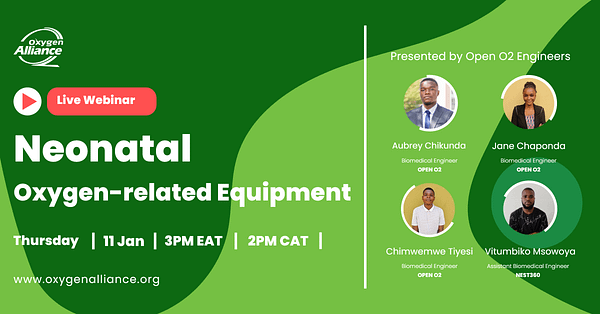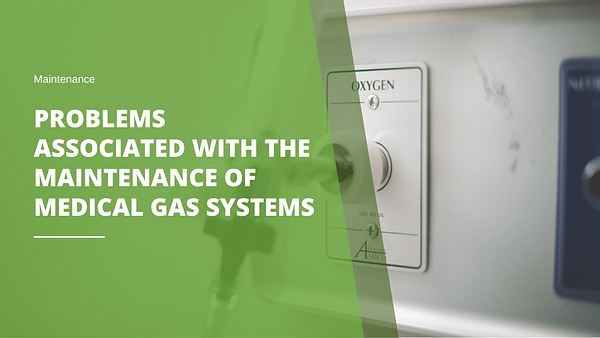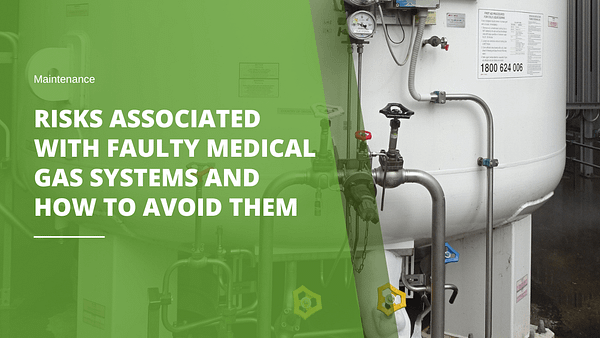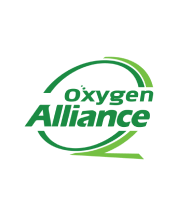- Home
- Blog
Oxygen Alliance Blog

Breathing Life into Neonatal Care: The Diamedica Baby CPAP
Neonatal care in low-resource settings faces unique challenges, especially when it comes to providing breathing support for premature or critically ill newborns. Continuous Positive Airway Pressure (CPAP) is essential for these fragile infants, and the Diamedica Baby CPAP is revolutionizing how we deliver this life-saving intervention. In a recent webinar, John Meek, Diamedica’s managing director, shared the story of this incredible device. He traced its development, highlighted its key features, and emphasized the importance of proper maintenance. If you missed it, here’s a recap. A Legacy
Celebrating Women in Biomedical Engineering: WIBEK 2024 Highlights
On June 24th, the Oxygen Alliance proudly participated in the Women in Biomedical Engineering Day Conference (WIBEK) 2024, held in conjunction with International Women in Engineering Day. This June 23rd global celebration, themed “Enhanced by Engineering,” was a day to celebrate the extraordinary contributions of female engineers in improving communities and advancing technological innovation. In collaboration with key partners, the event was organized by the Association of Medical Engineering of Kenya (AMEK) with this year’s conference providing a platform for women to share their professional journeys
Oxygen Conservation and Management During Health Emergencies
Systems for delivering oxygen play a critical role in deciding how patients receive oxygen therapy and are essential to conservation initiatives. Low-flow and high-flow systems are the two general categories into which these systems fall. Low-flow devices, like simple face masks, non-rebreather face masks and nasal prongs, deliver oxygen at a rate lower than the patient’s total respiratory requirements, conserving oxygen while meeting patient needs. High-flow devices, such as high-flow nasal cannulas, are essential for patients in critical respiratory distress because they deliver a larger volume
The journey of oxygen, from its creation to reaching patients.
In medicine, medical oxygen plays a role in respiratory treatments and critical care. Besides highlighting the importance of sustainable oxygen therapy ecosystems, the global impact of the COVID 19 pandemic exposed weaknesses in our supply chains and infrastructure. In this article, we explore the process involved in delivering oxygen to patients focusing on the logistical challenges heightened by the pandemic. Medical oxygen is produced using a number of methods and procedures. The main technique for creating oxygen is through air separation. Purifying the air through the

Neonatal Oxygen Related Equipment
Maximizing Oxygen Purity; Essential Aspects for Performance of Oxygen Concentrators In the pursuit of top-notch medical care and patient well-being, having a deep understanding of the intricacies of oxygen concentrator technology goes beyond just a technical necessity – it’s a crucial lifeline. Our recent webinar delved into the core factors that shape oxygen production in these devices shedding light on their importance for healthcare professionals, engineers, and users. Mastering these aspects isn’t just about operational efficiency; it’s about making a difference in saving lives with every

Problems associated with the Maintenance of Medical Gas Systems
Medical Gas Systems work around the clock to provide essential gases like oxygen, nitrous oxide, carbon dioxide, etc., to the patients in the healthcare facility via pipelines. Therefore, considering the perpetual functionality of medical gas systems in hospitals, they must be well-maintained and repaired promptly. However, some risks associated with the maintenance of medical gas systems can result in catastrophic effects. Some of these problems that hinder the maintenance of the medical gas system are as follows: If the maintenance issues are addressed early at the

Risks associated with Faulty Medical Gas Systems and How to Avoid Them
Medical gas systems play a pivotal role in keeping healthcare facilities, a life-saving system. For the uninterrupted supply of these crucial gases to patients, a well-designed and appropriately functioning Medical Gas Pipeline System (MGPS) is mandatory (1). However, there are some risks associated with the faulty system that can lead to disruption of its function and cause danger to the lives of thousands of patients whose survival may depend on these life-saving gases. Apart from patient safety concerns, it can also lead to economic burdens and environmental hazards.


